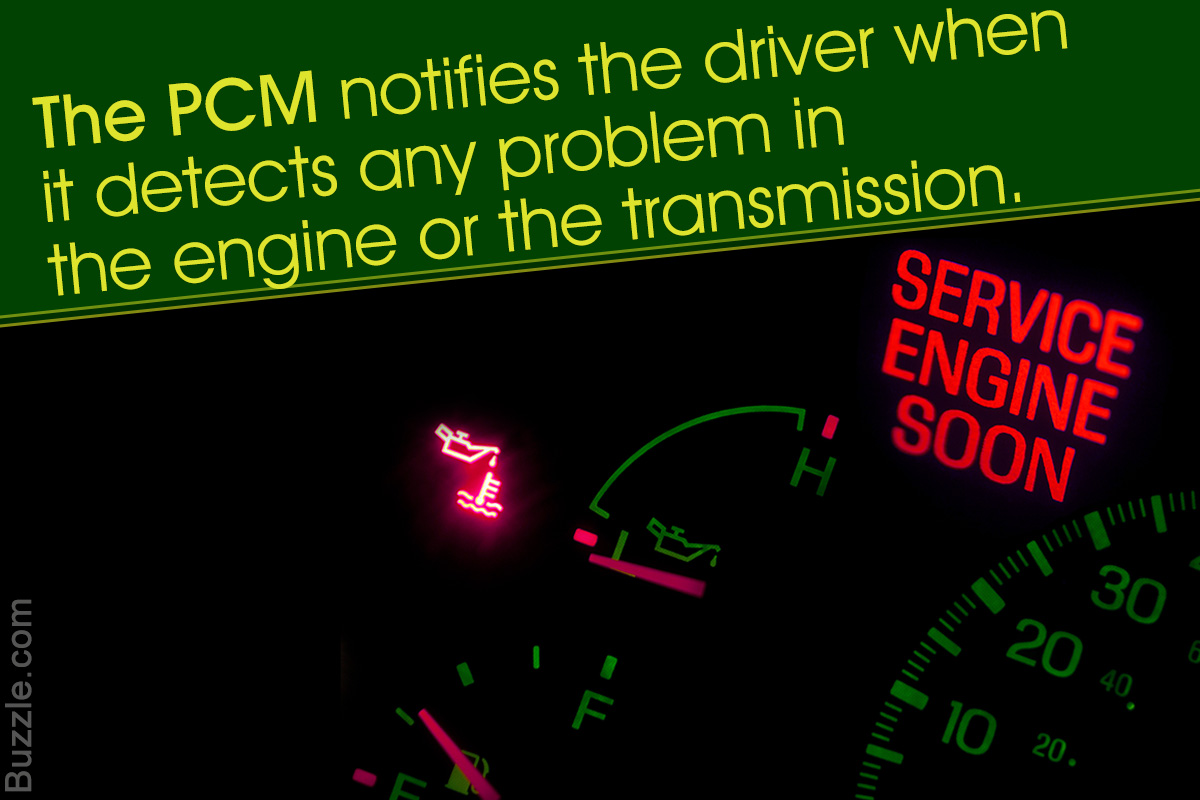
Powertrain control modules are often touted as being the brain of the engine control system. We take a lesson in automobile-neurology, as we explore the functions and working of this system.
Did You Know?
The powertrain control module is just one of the many electronic control units (ECU) used in cars. Some modern-day automobiles can have up to 80 of such ECUs within them.
Present-day cars can truly be called beauties with brains. Beneath their elegant exterior curves and contours, they pack tiny, yet extremely powerful micro-controllers, that provide them with more than enough processing power to put a desktop computer to shame!
Powertrain control modules, or PCMs, as they are called, are the brains of modern-day ‘smart’ cars. They are responsible for controlling several important functions within a car’s engine. Their proper functioning directly impacts the car’s performance, and hence, a thorough understanding of their working is imperative.
In the following lines, we shall literally dive underneath the hood, and learn as much as we can about the working of powertrain control modules. Let us begin by first understanding what the PCM exactly is.
What is the PCM?
The PCM is an embedded system designed to control functions within a car’s engine. Basically, it’s a small computer which looks after the proper working of the engine. Now, one might imagine that a car’s computer must be similar to, say, a laptop or a desktop that one uses at home.
However, there are three main factors which differentiate them.
Unlike the hefty personal computer, the PCM is what we call a system-on chip. This means that the entire computing system, including the processor, memory, and supporting peripherals, are all made small enough to be mounted on a single tiny circuit board or chip.
It performs the same set of functions over and over again, while general purpose computers allow you to install software that enable them to do a variety of different functions.
In general purpose computers, if the system fails, there are rarely any serious issues. However, a PCM is required to work in real-time, and therefore, has to be failure-proof. It is responsible for managing several critical processes within a car’s engine, and its failure could have dire consequences.
Working of a Powertrain Control Module
The working of the PCM within a car’s engine, for lack of a better example, can be imagined to be akin to that of a spider sitting at the center of a large web. The spider stays connected to each and every strand of its web, and is able to pick up even the faintest disturbance in any one of them. Similarly, the PCM is positioned at the virtual center of a car’s electronic web. Each strand of this web is connected to at least one of the numerous sensors that constantly provide it with feedback. Using this feedback, it is able accurately measure several different engine-related parameters, and make appropriate adjustments to regulate them. Modern car PCMs typically are able to take care of more than 100 different parameters simultaneously. The following are a few of the many important processes that the PCM takes care of.
It adjusts the air-to-gas ratio being pumped into the cylinders of the car. This is done to save fuel and increase the car’s efficiency. For example, when the car’s engine is cold, the PCM senses it and adjusts the ratio of gas to be more than the air. This allows for higher combustion, resulting in faster warming up of the car. Once the car’s engine has warmed up, the PCM again senses this, and adjusts the ratio to decrease the fuel being pumped in.
It looks after the ignition timing of the spark plugs inside the car’s cylinders. It can make the spark-plugs fire in a faster or slower sequence, depending upon several different conditions. This helps the engine deliver an optimum amount power at a particular RPM.
The PCM looks after the car’s idling speed. The idling speed is the rotational speed of the engine when it isn’t coupled to the transmission, and when the throttle paddle isn’t depressed. At idle speed, the engine is expected to run smoothly, and also be able to run ancillaries, including the car’s air conditioner. Depending upon how many ancillaries are active and running, the PCM raises or lowers the idling speed to keep the engine running smoothly.
An important function performed by the PCM is to monitor the overall condition of the car. It does this with the help of a number of different sensors, including temperature sensor, oil and fluid level sensor, air intake senor, emission level sensor, cam-shaft angle sensor, throttle position sensor, etc. The feedback from all these sensors are read by the PCM and compared with the ideal levels stored within the on-board computer’s memory. If any of these sensor readings deviate away from the normal range, the PCM immediately tries to make adjustments to bring it within range. If however, it is unable to do so, it lights up the ‘check engine’ light on the car’s dash, and displays an appropriate error code. A qualified mechanic can understand this error code and take care of the repairs needed.
Thus, the powertrain control module is an important electronic device located within a car, which is responsible for looking after the smooth operation of its engine. Along with this, it also monitors the car’s health with the help of several different sensors, which provide it with feedback.